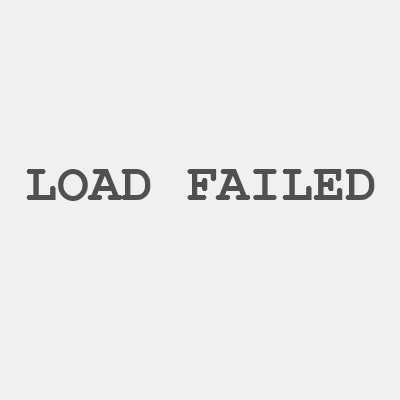Restraint belt
-
Safe use of physical restraints
• Never restrain a patient in the prone position. The prone position creates a risk for aspiration, restricts the patient’s vision, and increases feelings of helplessness and vulnerability. • Initiate nursing measures to prevent skin breakdown and other hazards of immobility. • Release restrai...Read more -
Maintenance instructions for restraint belt
Restraint belt It is made of cotton fine yarn and can be cleaned in hot washing cycle up to 95 ℃. Lower temperature and washing net will prolong product life. Shrinkage rate (shrinkage) is up to 8% without pre washing. Store in a dry ventilated place. Detergent: non corrosive, bleach free. Dr...Read more -
Restraint belt product instructions
The following instructions only apply to restraint belt products. Improper use of the product may result injury or death. The safety of patients depends on your correct use of restraint belt products. Use of Restraint Belt – The patient must use restraint belt only when necessary 1. Requirement...Read more -
Product quality standard of restraint belt
Product quality of restraint belt We use high-quality raw materials, excellent process, precision tools, continuous quality management, to ensure high safety standards. The restraint belt can withstand 4000N static tension, and the stainless pin can withstand 5000N static tension after being conn...Read more -
Patient information for restraint belt
● It is essential that, when the mechanical restraint is implemented, the patient is given a clear explanation of the reasons for using restraint and the criteria for having it removed. ● The explanation must be presented in terms that the patient can understand and must be repeated, if necessary...Read more -
What is mechanical restraint?
There are several types of restraints, including physical and mechanical restraints. ● Physical (manual) restraint: holding or immobilising the patient using physical force. ● Mechanical restraint: use of any means, methods, materials or clothing preventing or limiting the ability to voluntarily ...Read more -
What are the indications of restraint belt?
● Prevention of imminent violence by the patient or as a response to immediate, uncontrollable violence, with underlying mental disorders, with a serious risk to the safety of the patient or others. ● Only when less restrictive alternative measures have been ineffective or inappropriate, and wher...Read more -
What is restraint belt?
Restraint belt is a specific intervention or device that prevents the patient from moving freely or restricts normal access to the patient’s own body. Physical restraint may involve: ● applying a wrist, ankle, or waist restraint ● tucking in a sheet very tightly so the patient can’t move ● keepin...Read more

